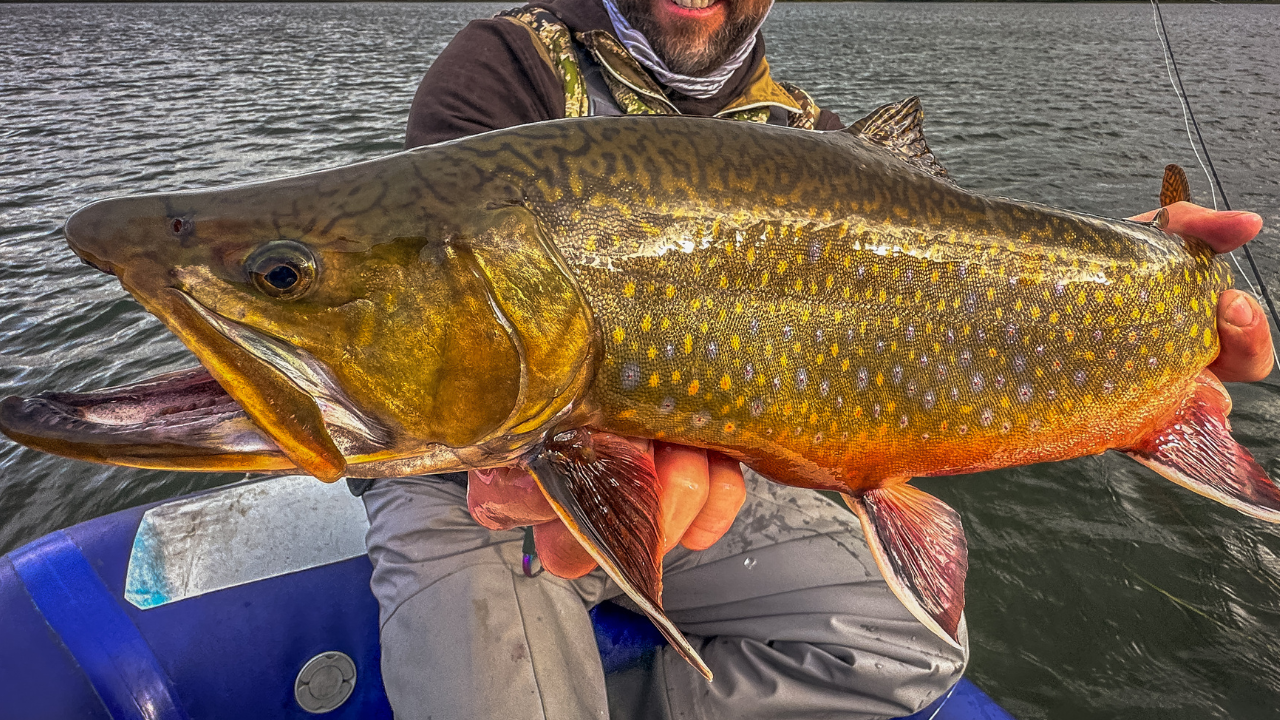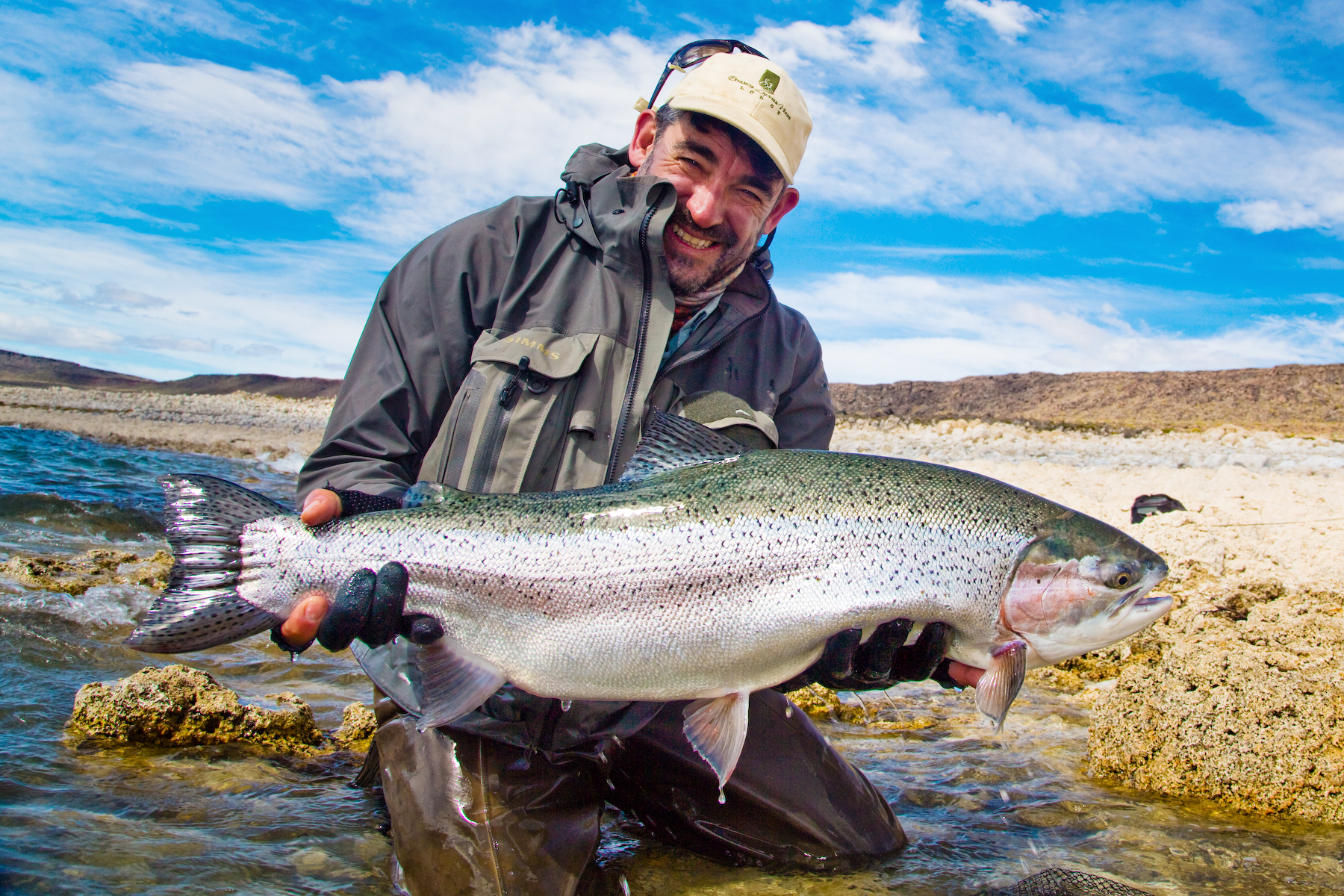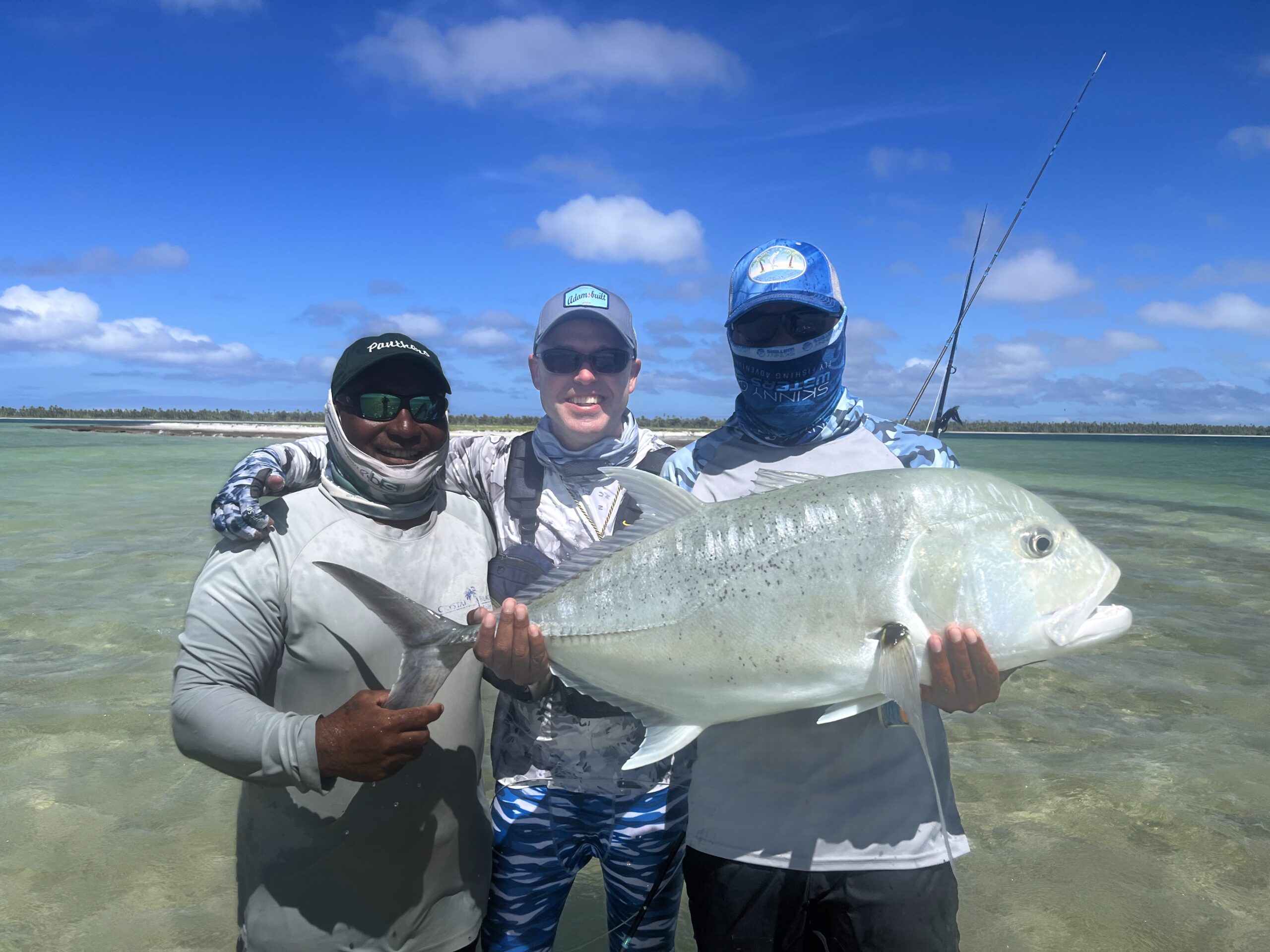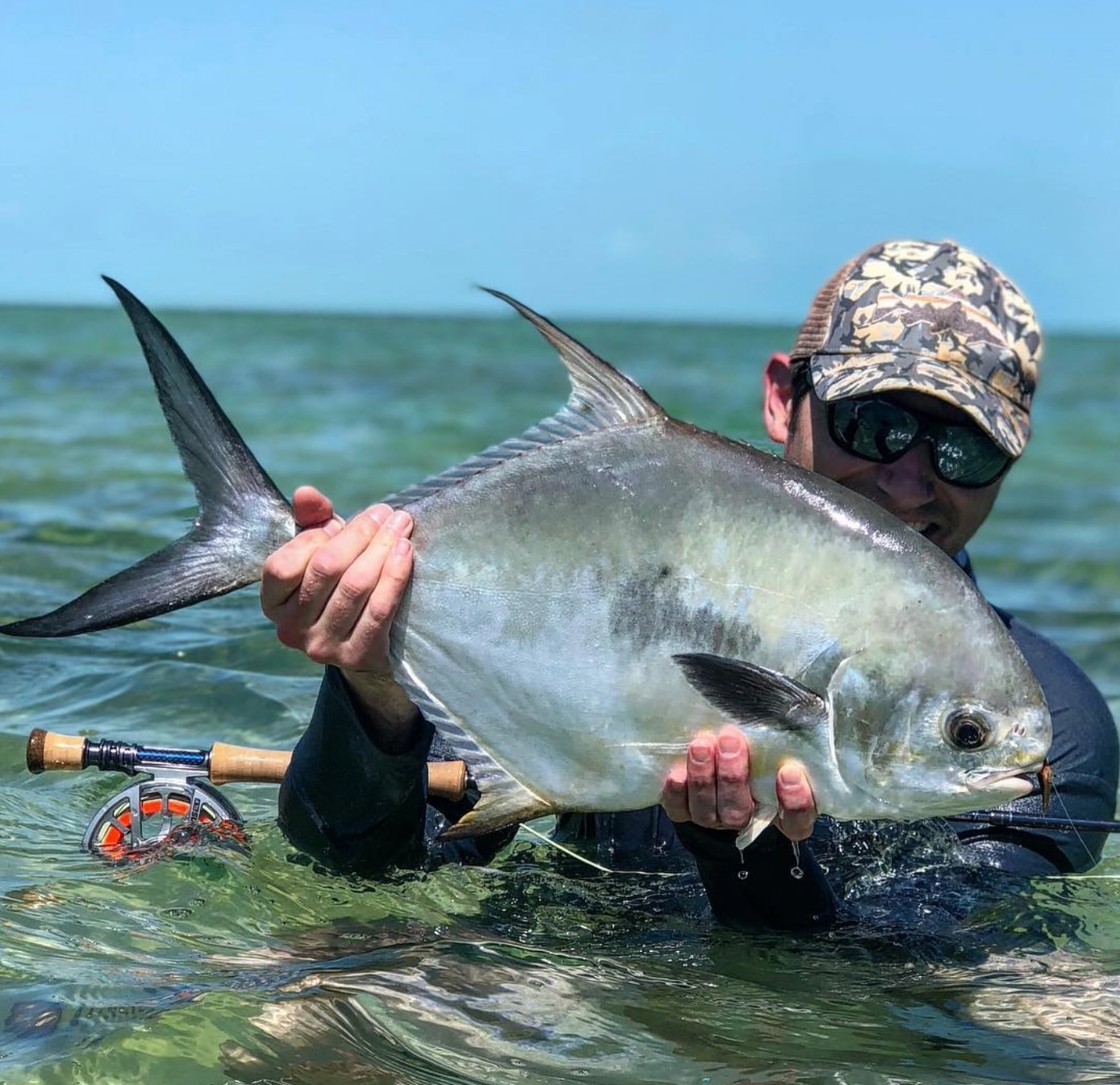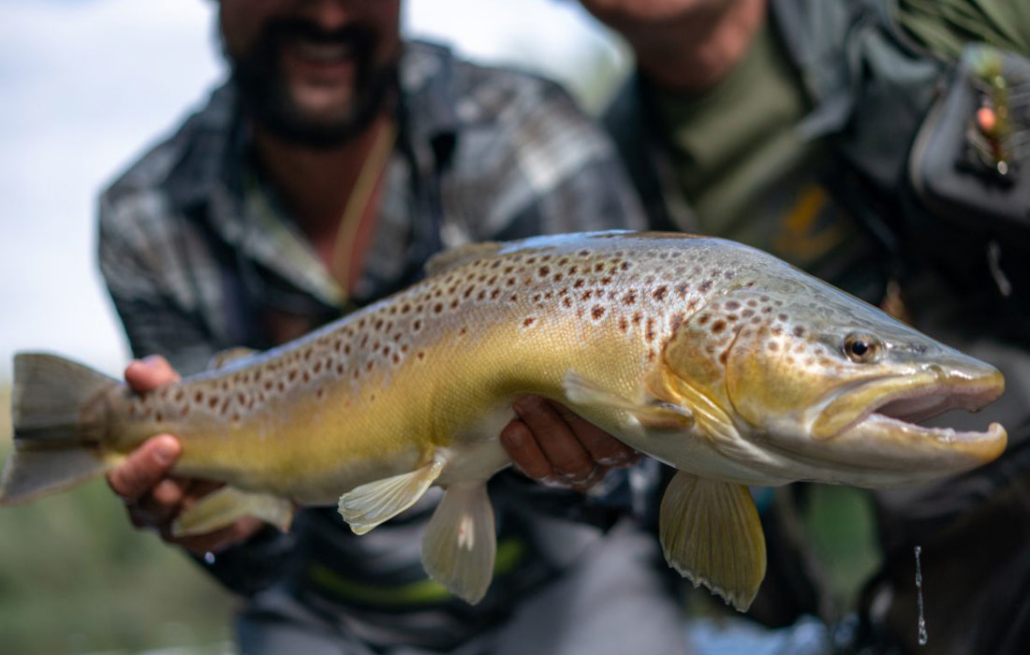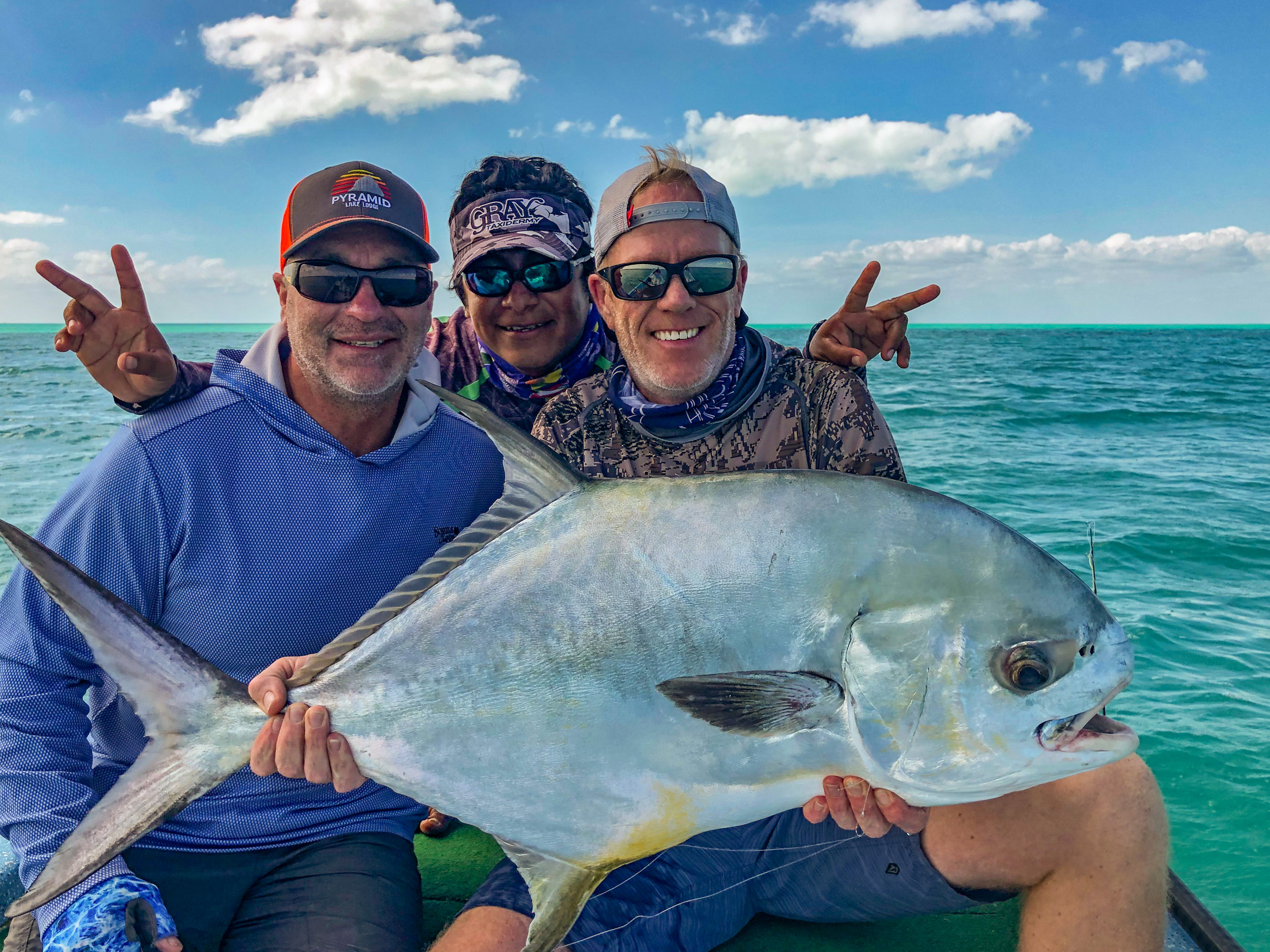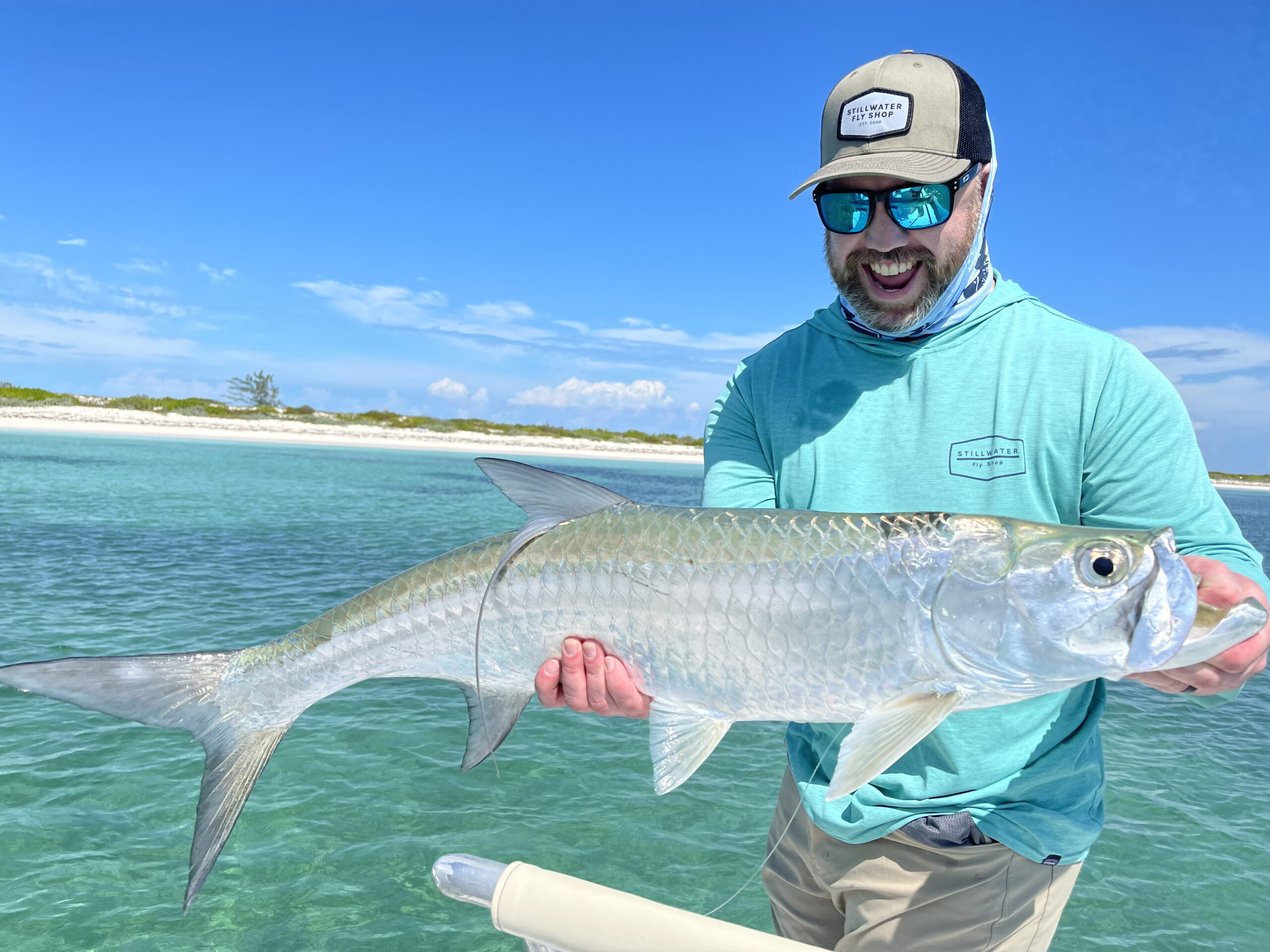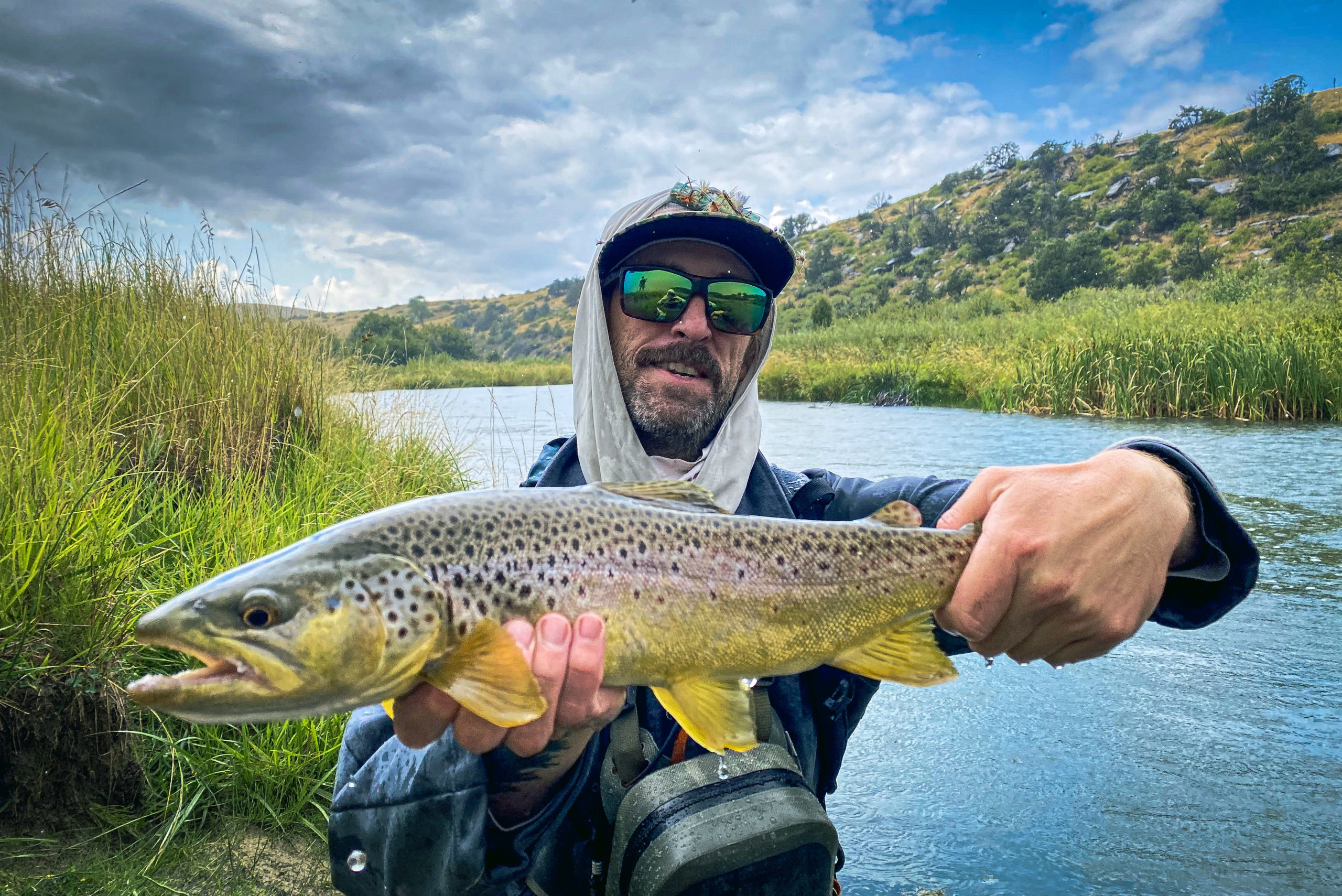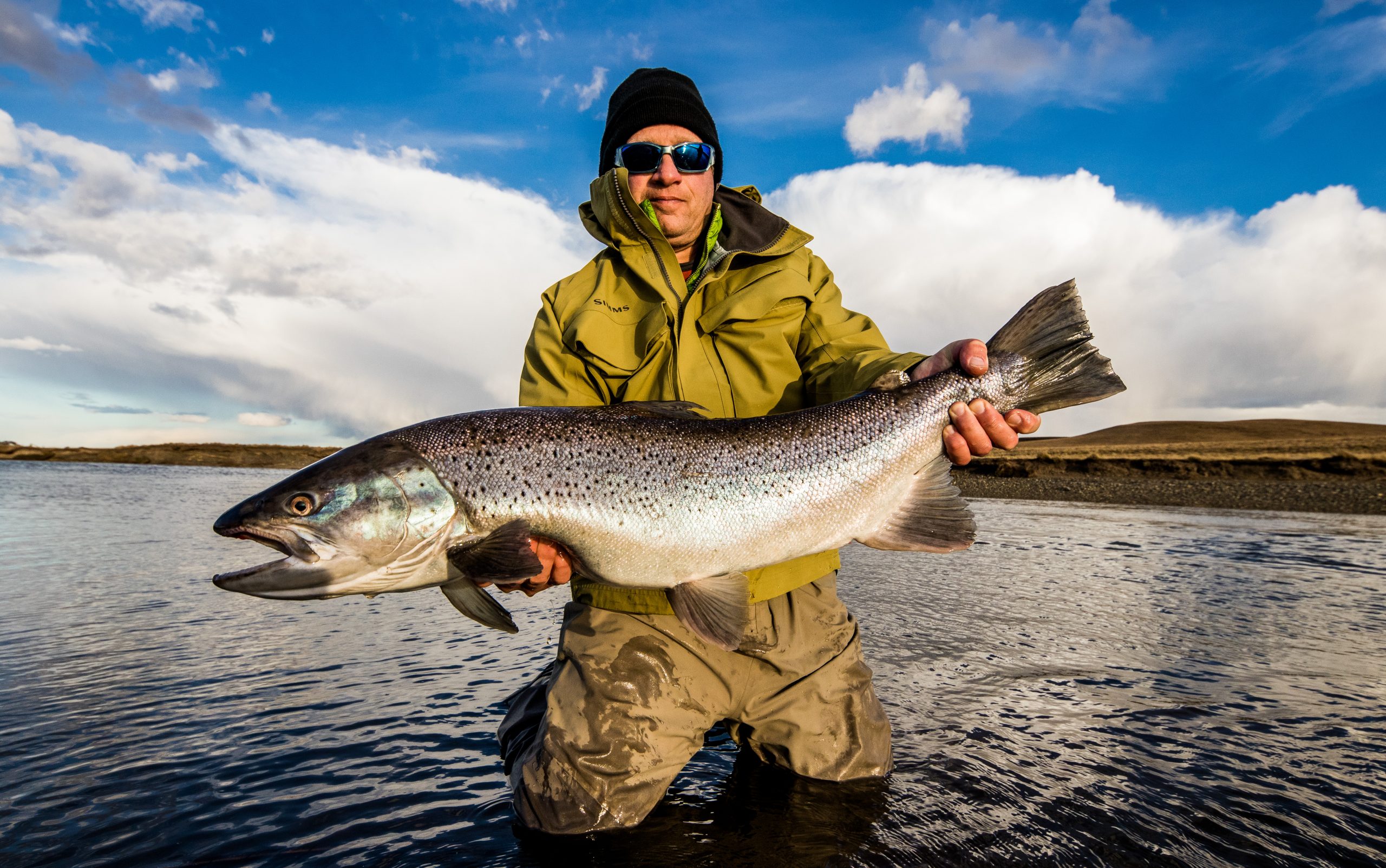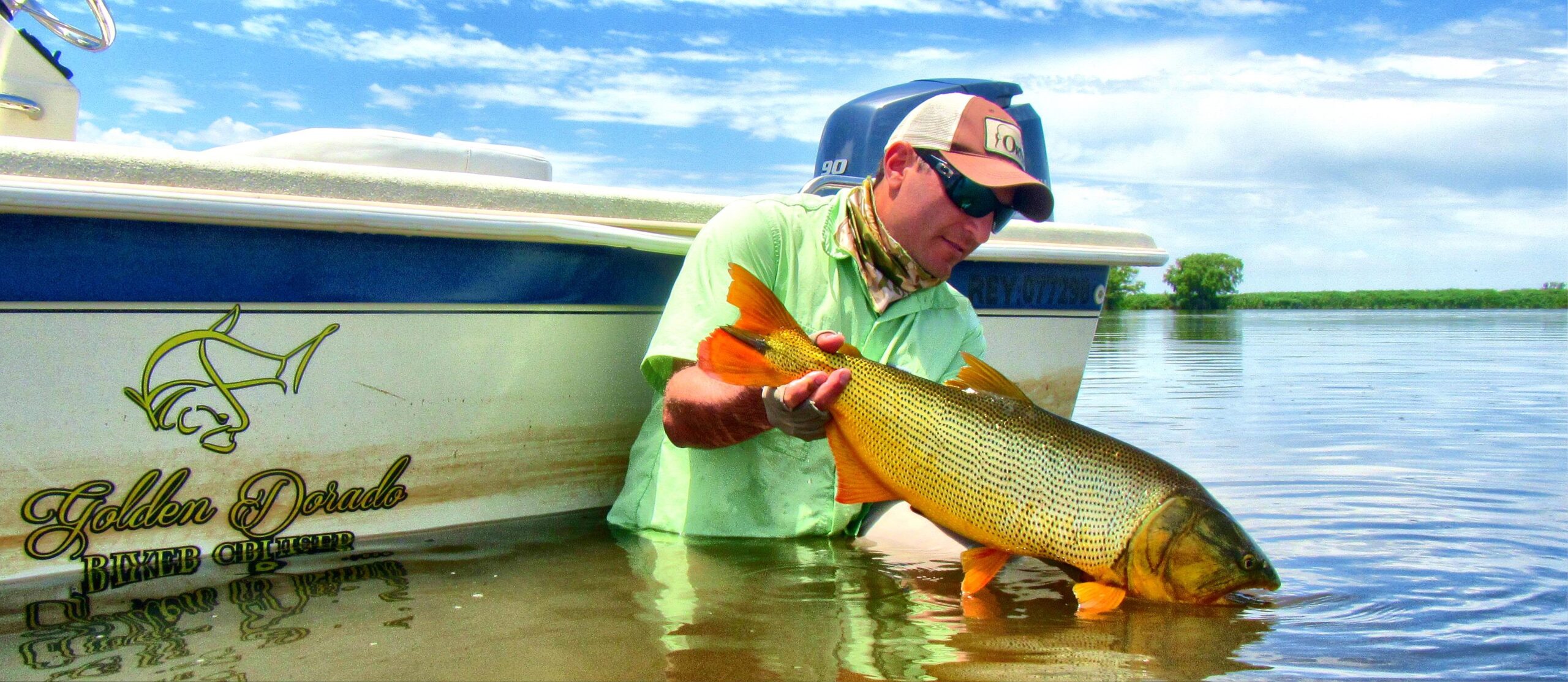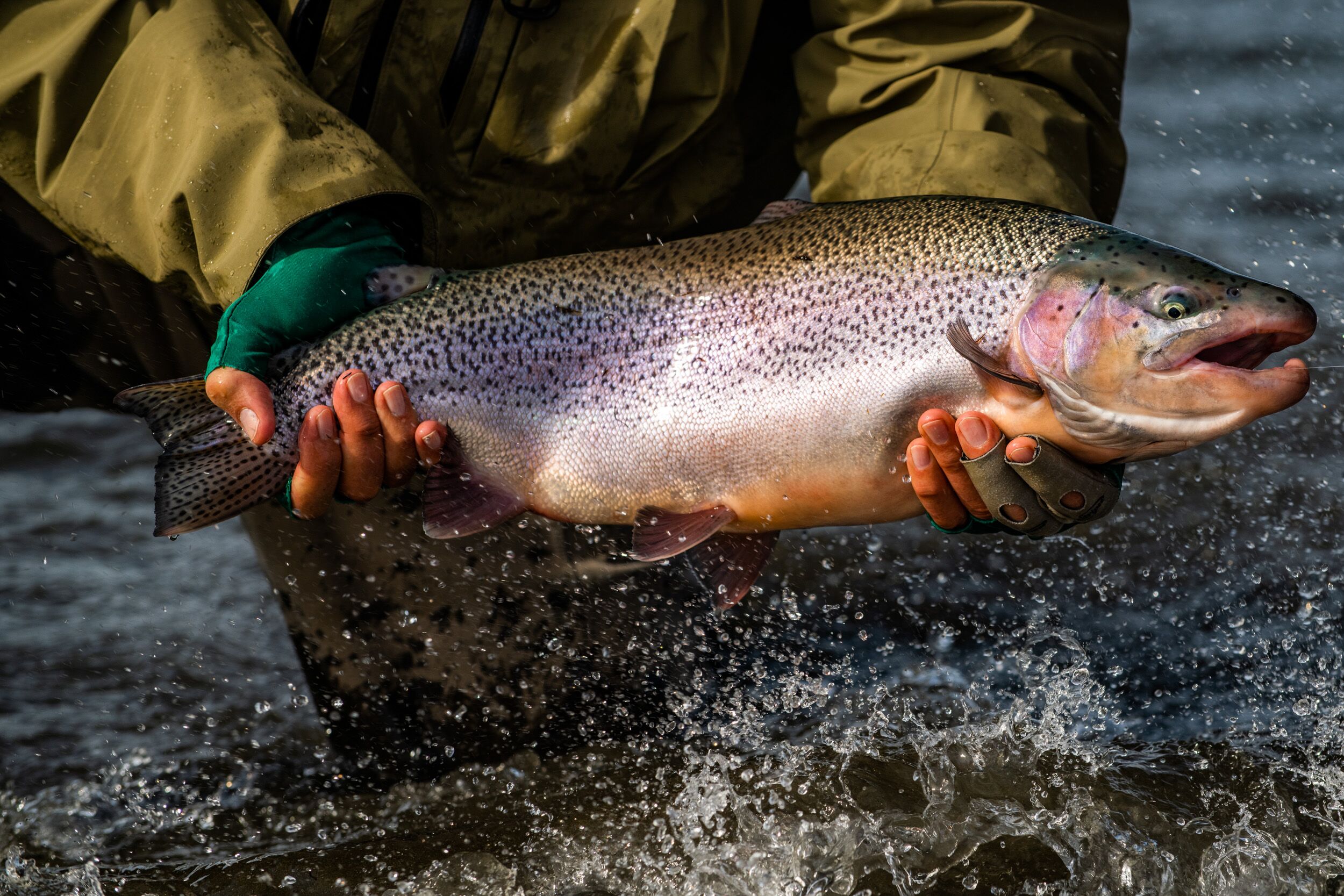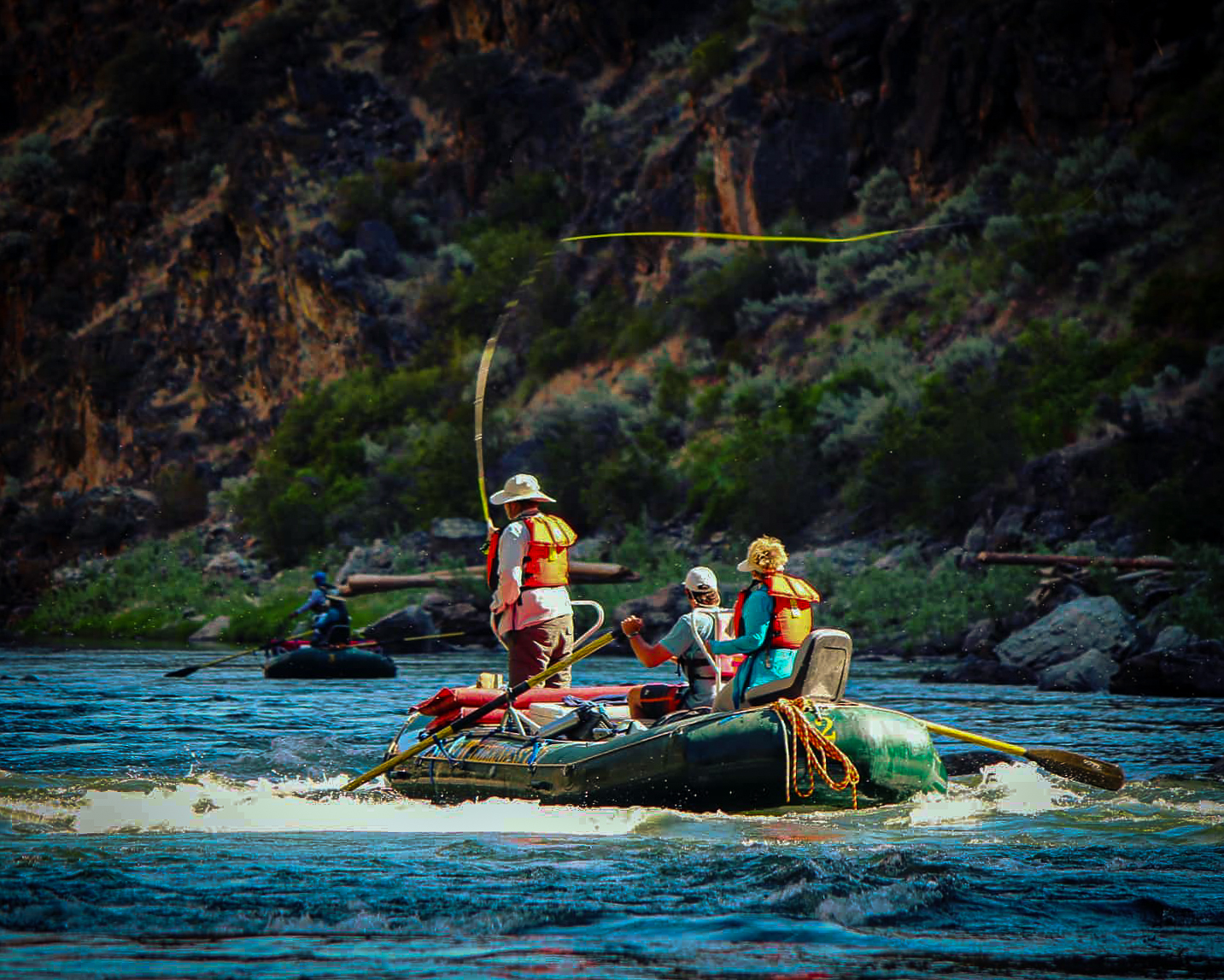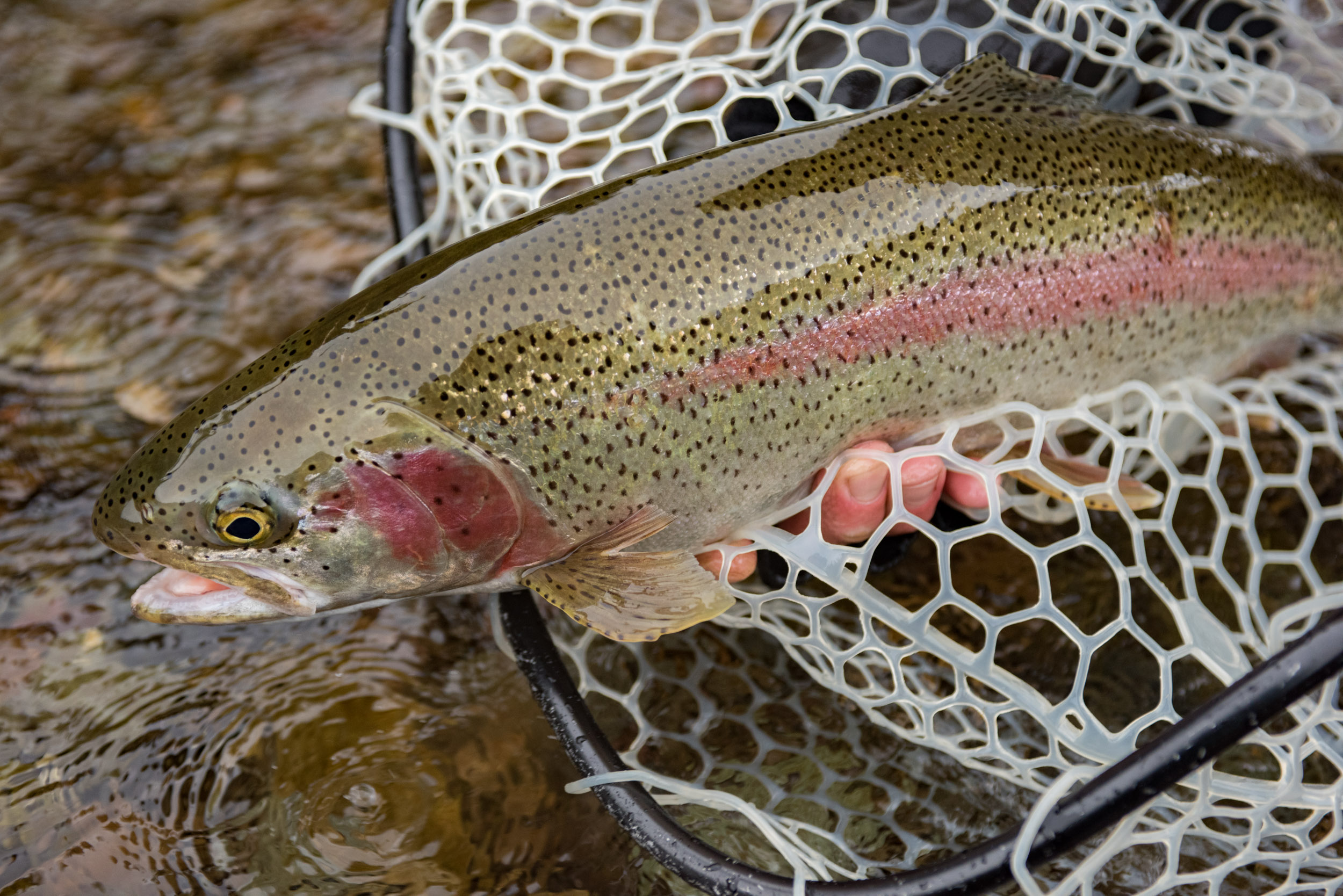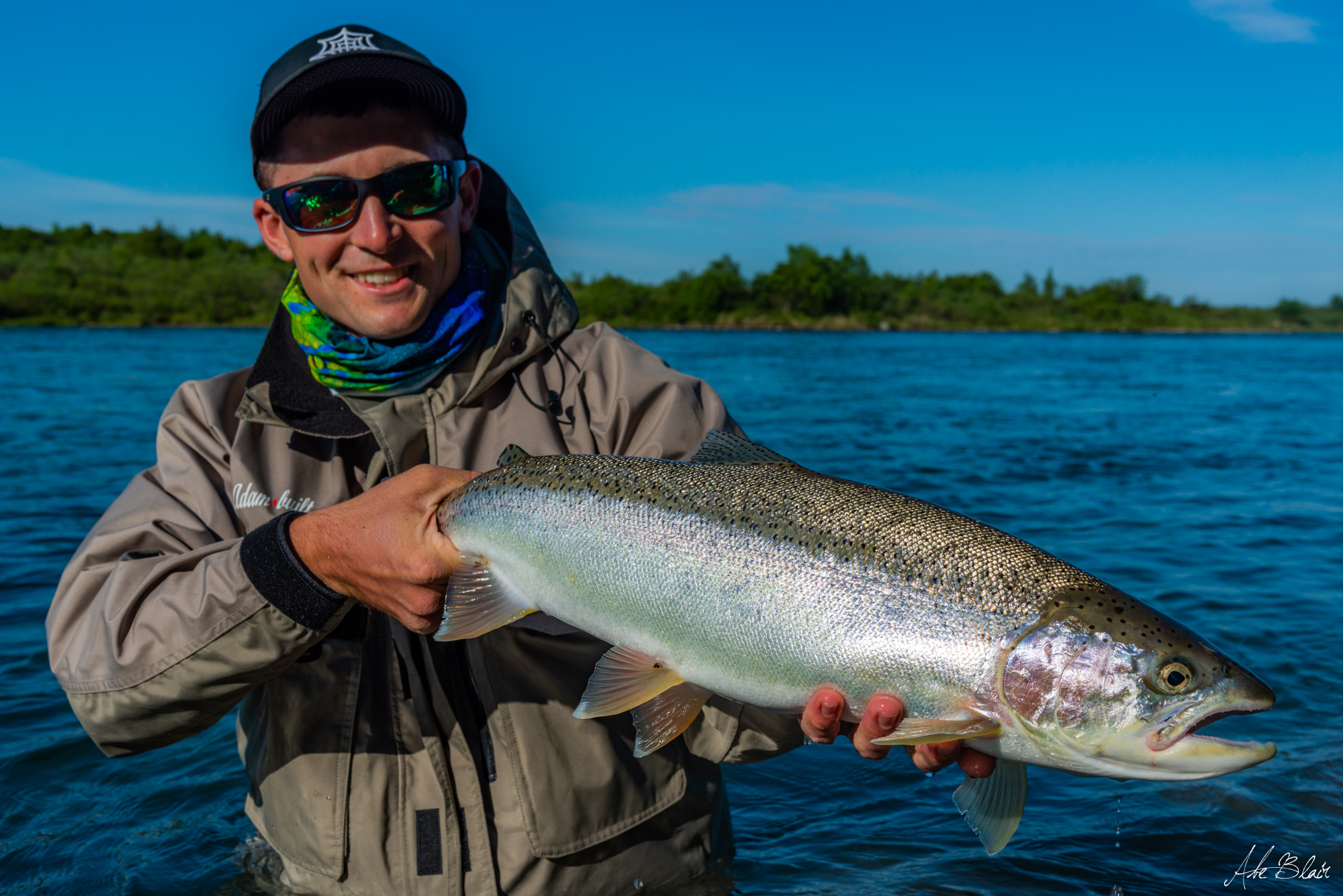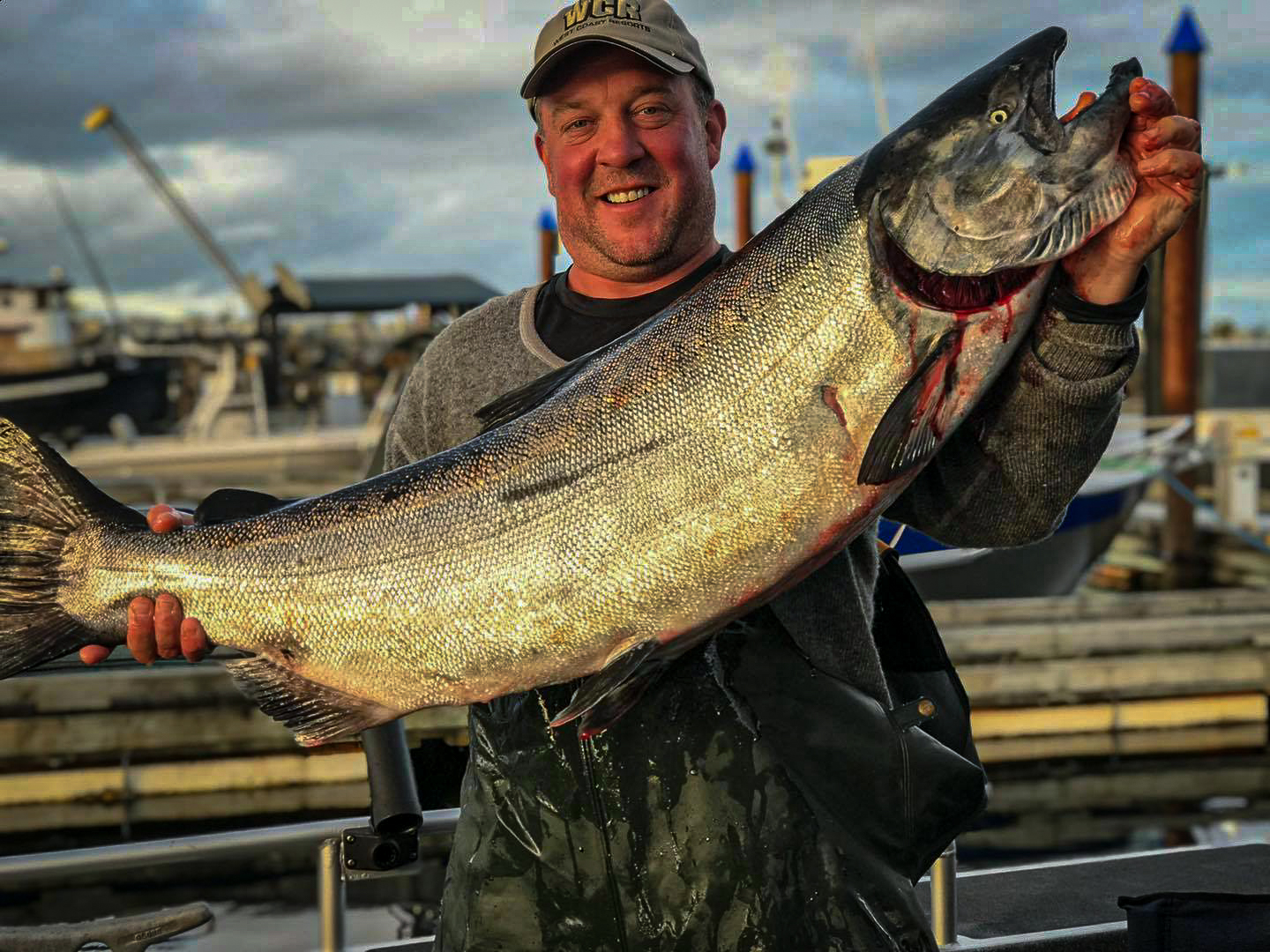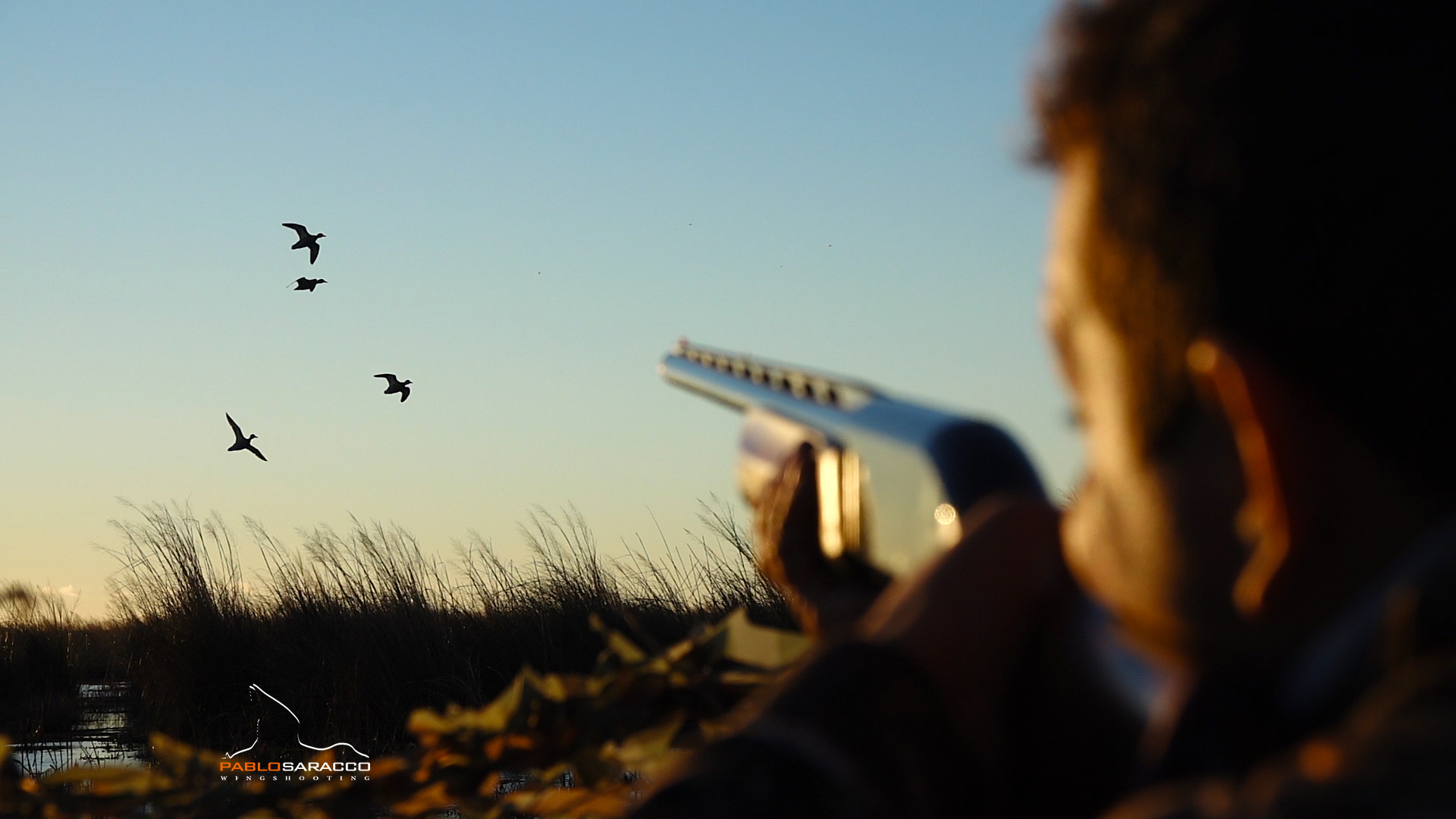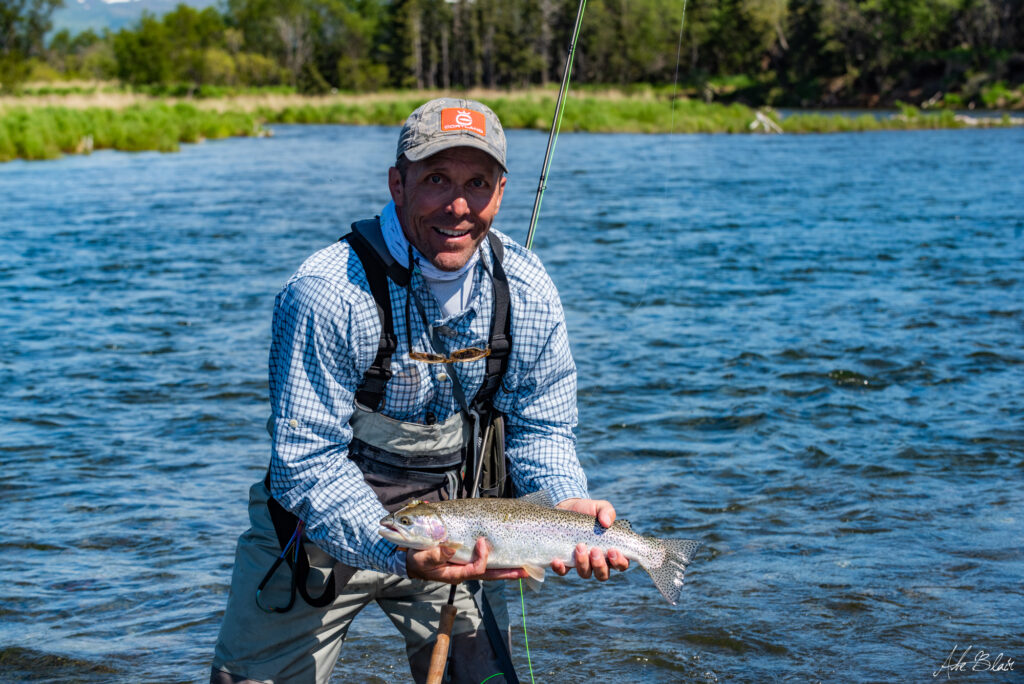News & Updates
Wading Wisely: Essential Safety Tips for Fishing with Waders
Fishing with waders offers a unique and rewarding experience, allowing anglers to access deeper waters and explore hard-to-reach spots. Wading can significantly enhance your fishing experience. However, it’s important to recognize the inherent dangers that come with this practice. By following some essential safety tips, you can ensure that your wading adventures are both enjoyable and safe.
Understanding the Risks of Wading
Wading introduces anglers to environments where they can encounter various hazards, such as swift currents, slippery surfaces, and cold water. These risks require careful attention and preparation.
Swift Currents and Slippery Surfaces
One of the most significant dangers of wading is the potential for swift currents and slippery surfaces. Fast-moving water can easily knock an angler off balance, leading to falls or even the risk of being swept away. The combination of water pressure and unstable footing makes it crucial to choose your wading locations carefully. Avoid areas with strong currents, especially if they lead to unseen drop-offs or deep holes.
To reduce the risk of slipping, always wear footwear designed for wading, such as boots with felt or rubber soles that provide better traction. Additionally, using a wading staff can offer added stability, helping you navigate tricky spots with confidence.
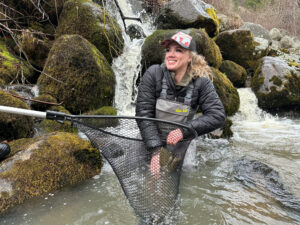
The Threat of Hypothermia
Cold water poses another significant risk, particularly in regions where temperatures can drop suddenly. Even in mild weather, prolonged exposure to cold water can cause hypothermia, a condition where your body loses heat faster than it can produce it. This can happen more quickly than you might expect, especially if you’re standing still in cold water for extended periods.
Wearing insulated, waterproof waders is essential to keep your body warm and dry. However, it’s equally important to recognize the early signs of hypothermia, which include shivering, confusion, slurred speech, and extreme fatigue. If you or your fishing partner notice any of these symptoms, it’s crucial to get out of the water immediately, dry off, and seek warmth.
Wader Flooding: A Hidden Danger
Wader flooding is a serious concern that can occur if your waders fill with water due to a fall or a leak. The weight of the water can make it difficult to move, increasing the risk of drowning. To prevent wader flooding, always make sure your waders are in good condition before heading out. Check for any leaks or weak spots that could potentially allow water to seep in.
Fishing with a buddy is another essential safety measure. Having someone nearby who can assist in case of an emergency can be life-saving. A personal flotation device (PFD) is also highly recommended, as it can provide additional buoyancy and support if you find yourself in deep water unexpectedly.

Proactive Safety Measures for Wading
To ensure your wading experience is as safe as possible, consider the following tips:
- Wear Your Wading Belt: A wading belt is a critical piece of safety gear that helps prevent water from quickly flooding into your waders if you fall. This can significantly reduce the risk of wader flooding and make it easier to regain your footing. Always ensure your wading belt is snug and properly positioned around your waist before stepping into the water.
- Choose the Right Footwear: Invest in high-quality wading boots with soles that provide excellent traction on slippery surfaces.
- Use a Wading Staff: A wading staff can help you maintain balance and test the depth and stability of the riverbed before you step.
- Monitor Weather Conditions: Before heading out, check the weather forecast and water levels. Rising water levels can increase the risk of strong currents and make wading more dangerous.
- Practice the One-Step Rule: Never wade into water deeper than your thighs. If the water starts to rise above your knees, it’s time to back out.
- Wade with a Buddy: Always wade with a partner who can assist you in case of an emergency. If you’re wading alone, let someone know your plans and estimated return time.
Wading while fishing can be an incredibly rewarding way to connect with nature and improve your angling success. However, it’s essential to be aware of the potential dangers and take proactive steps to protect yourself. By following these safety tips and remaining vigilant, you can enjoy your fishing adventures with confidence and peace of mind. Stay safe, wade wisely, and make the most of your time on the water.


